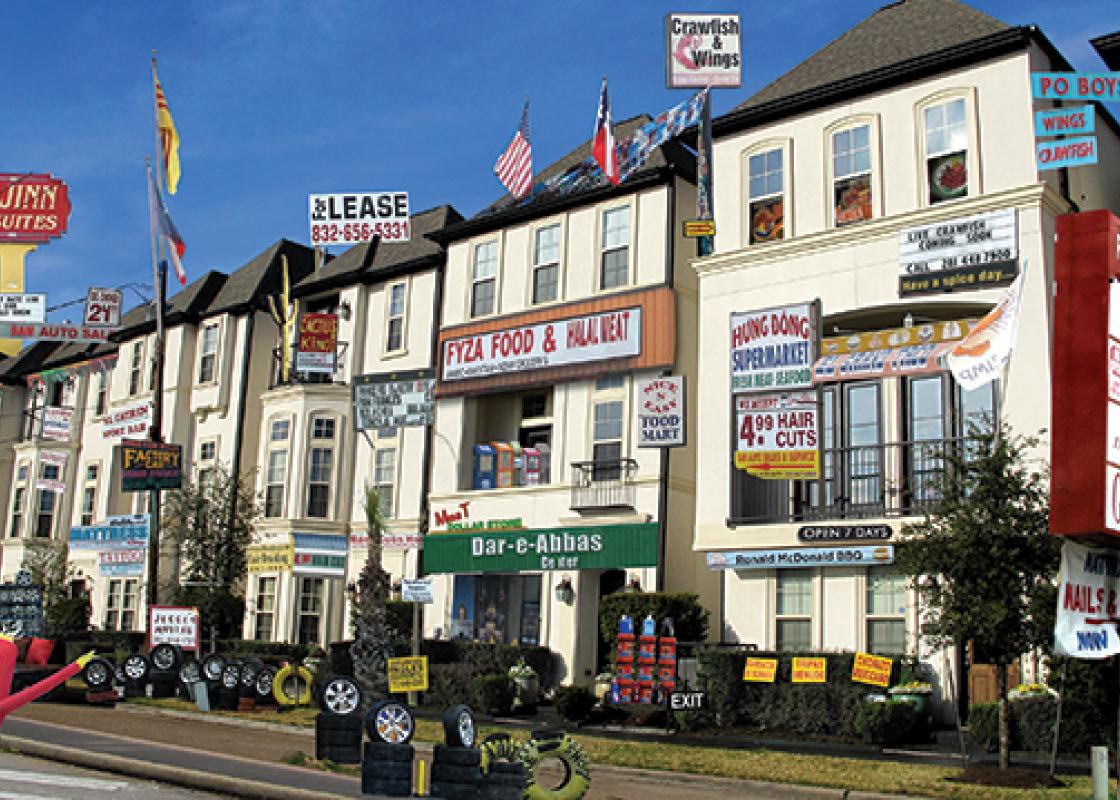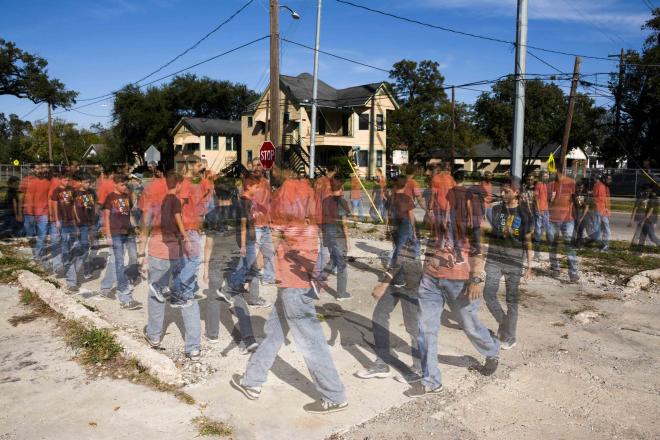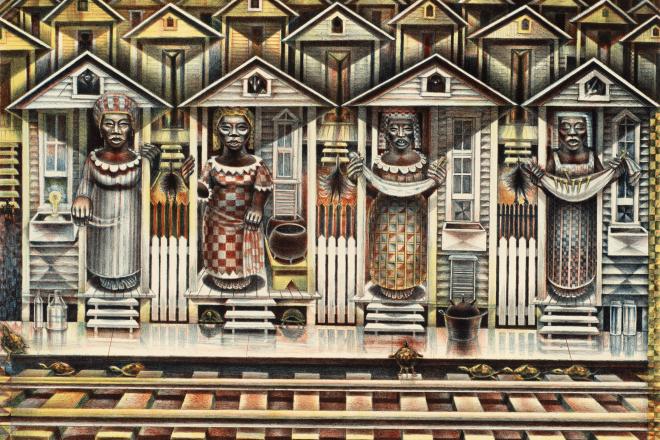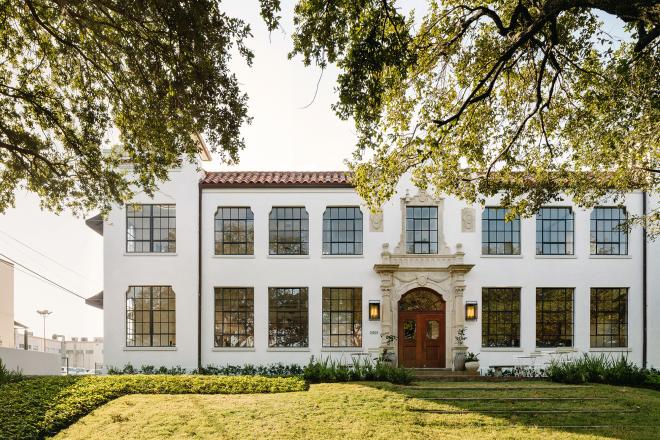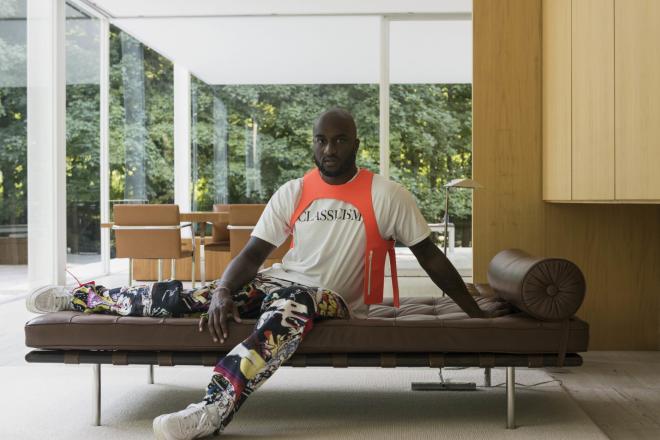This essay appears in the new issue of Cite, "The Beautiful Periphery." The issue is available for purchase at Brazos Bookstore and River Oaks Bookstore, as well as the bookstores at the Menil Collection; The Museum of Fine Arts, Houston; the Contemporary Arts Museum; and the Blaffer Art Museum. Read more from Cite 94.
On the way to a friend’s house in the suburbs, a friend and I skipped the tolls and drove past the second loop on a surface road, playing a guess-what’s-next car game: Best Buy, Marshalls, AT&T, Subway, ......... .
But in spurts, the retail syntax gave way to those euphorically Houston stretches where scrappy, audacious imagination cracks through the concrete and reads like a romp told by too many voices at once.
The friends we were going to see are recent transplants from Montrose, now occupying their colonial two-story with an independent press and compromising their lawn with art too unnerving to describe here. When we arrived, they apologized, “We’re so far!”
But I was thinking the reverse: the young professionals who move inside the Loop claim heightened cultural capital for living “the urban experience” but are more consumers than contributors to creative life.
I’m prickly because “the urban experience” has become a real estate spell convincing consumers that they can just arrive at “artsy” or rent “culture” while simultaneously manicuring away its sources. I’m sad to see the soul centers of my city being flipped into fortressed “mixed-use developments” and market-calibrated “town centers” in which diversity of experience is reduced to increments of purchasable quirk.
Blocks like the one pictured at the top of this page as substrate once seemed uncanny in Houston for their enforced coherence. Now they’re difficult not to encounter. The tin tower, the stucco something, brick/beige boxes, are becoming as legible to us as the syntax of retail outlets. I’m not surprised that the language of most-profit-per-footprint is loud in Houston’s current boom, but I am struck by how silver-tongued it is.
Let’s play the guess-what’s-next car game inside the Loop:
Form: Three stories, zero setback, gated in slabs ......... Foreshadowing: Curated thrift store, upscale salon, pet service establishment ......... Or context clues: Apple store, sushi, upscale organic .........
Eventually consumption consumes itself. In the suburbs, the structural shells are left and creativity moves in, telling another joke. Shopping plaza and office complex subversions turn into outposts of any imaginable sort --- using their own password, “profit,” to get away with everything but. This is not creativity self-consciously branded as such, or variety within the limits of consumable culture. This is some real free enterprise. Not corporate copy-and-paste, but people taking up space, making exchanges, and claiming their right to a multivocal, incoherent, human city. These post-capitalist occupations are some of the most inspiring and creative cases for hope in Houston.
Despite a beaten-down feeling about the current rapidity and massive investor-powered real estate turnover in the core of my city, I suggest by way of collage that eventually we’ll take it back over. It’s just a matter of time (assuming the construction lasts). There is a way to imagine past our current experience --- because people already are.
In leftovers, basically. We can be creative in the leftovers, and while at some point in the future it will seem strange that our greatest originality and variety of voice was tucked under drop tile ceilings and until extracted as “underground!” by marketing strategies, at another point in the future it will seem absurd that human expression and the spaces that we make were something scarce to be scavenged for profit at all.
More >>>
Read Carrie Schneider's inteview with Charles Renfro on Levittown; preview Schneider's upcoming exhibition at CAMH


